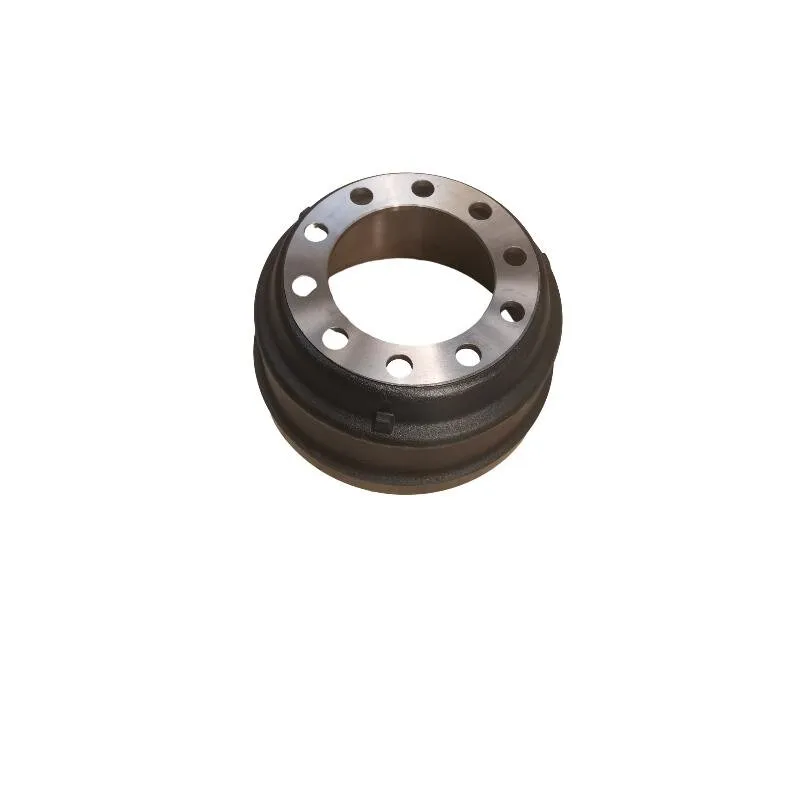Dec . 12, 2024 15:13 Back to list
brake drum types
Understanding Brake Drum Types A Comprehensive Guide
Brake drums are integral components of a vehicle's braking system, playing a crucial role in ensuring safety and effective stopping power. Understanding the different types of brake drums can help vehicle owners make informed decisions when it comes to maintenance and replacements. In this article, we will explore the various types of brake drums, their features, applications, and how to choose the right one for your vehicle.
What is a Brake Drum?
A brake drum is a cylindrical component that houses the brake shoes. When the brakes are applied, the brake shoes expand against the inner surface of the drum, creating friction that slows down or stops the vehicle. Brake drums are primarily used in drum brake systems, which are common in many vehicles, especially older models and heavier vehicles like trucks and buses.
Types of Brake Drums
1. Cast Iron Brake Drums Cast iron is the most traditional material used for brake drums. Known for its durability, cast iron can withstand high temperatures and heavy braking forces, making it ideal for most vehicles. These drums are often thicker, which aids in heat dissipation. However, their weight can be a disadvantage in performance-oriented applications where reducing unsprung weight is critical.
2. Aluminum Brake Drums Aluminum brake drums have gained popularity due to their lightweight and corrosion-resistant properties. They provide improved performance by reducing overall vehicle weight, thus enhancing fuel efficiency and handling. Aluminum drums are often found in high-performance vehicles, where reducing rotational mass is essential. However, they may not dissipate heat as effectively as cast iron, which can lead to brake fade under extreme conditions.
3. Composite Brake Drums Composite brake drums are relatively new to the market and are designed to offer the best of both worlds. They are made from a combination of materials, including metals and composites, to achieve a balance between weight and thermal management. These drums are particularly advantageous in racing applications where every ounce counts, as well as in electric vehicles where minimizing weight can significantly improve range.
4. Slotted and Drilled Brake Drums Some brake drums come with slots or holes in their design, which serve to improve performance. Slotted brake drums allow for better heat dissipation and can also help reduce brake fade by allowing gases to escape during braking. Drilled brake drums, meanwhile, provide similar benefits and contribute to reducing weight. However, it is essential to note that slotted and drilled drums may wear faster than their solid counterparts due to their design.
brake drum types

Choosing the Right Brake Drum
When selecting a brake drum, several factors must be considered
- Vehicle Type The type of vehicle you drive will significantly influence the choice of brake drum. Heavier vehicles, such as trucks and SUVs, may require more robust cast iron drums for added durability, while lightweight sports cars may benefit from aluminum or composite drums for improved performance.
- Driving Conditions Consider where and how you typically drive. Vehicles that frequently operate under heavy loads or in stop-and-go traffic may require drums that can handle higher heat levels, whereas those driven mainly on highways might require less stringent specifications.
- Budget Brake drums vary in price depending on material and design. While high-performance options might offer better performance, they could be more expensive. Balancing cost with performance needs is essential.
- Manufacturer Recommendations Always consult your vehicle's manufacturer guidelines for specific brake drum recommendations. Using OEM (Original Equipment Manufacturer) parts can ensure compatibility and reliability.
Conclusion
Understanding the different types of brake drums is crucial for maintaining your vehicle's braking system. Whether you opt for traditional cast iron, lightweight aluminum, or innovative composite materials, selecting the right brake drum is vital for ensuring safety and performance on the road. Regular inspection and timely replacement of brake drums not only enhance safety but also contribute to the overall longevity of your vehicle. Always consult with a professional mechanic if you're unsure about the best option for your car, and prioritize safety in your vehicle maintenance decisions.
-
Durable Brake Drum MAZ for Heavy Duty Trucks | High Performance
NewsAug.26,2025
-
FUWA: Premium Quality, Reliable Performance & Innovative Solutions
NewsAug.25,2025
-
Liza Brake Drum: Superior Quality & Performance for Safe Driving
NewsAug.24,2025
-
Iveco Brake Drum | Premium OE Quality for Daily & Eurocargo
NewsAug.22,2025
-
Your Brake Drum Man: Quality & Performance Parts
NewsAug.21,2025
-
Explore Japan: Ultimate Travel Guide & Authentic Experiences
NewsAug.19,2025
